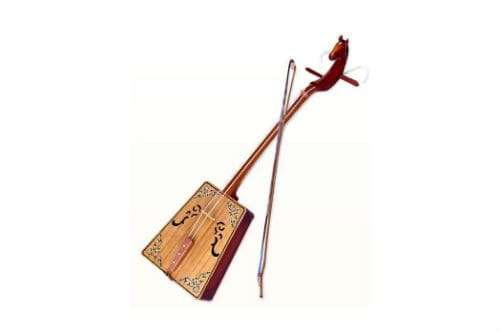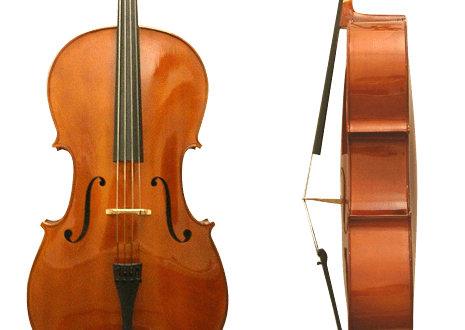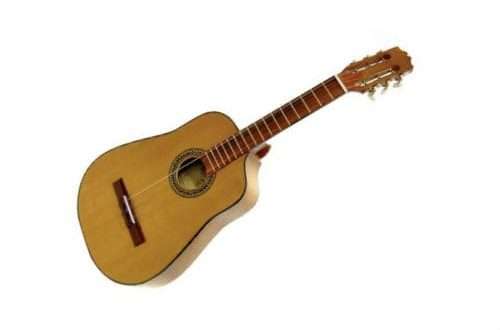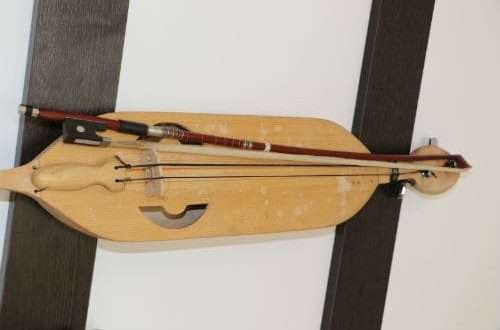
Morinkhur: description of the instrument, composition, history, use, playing technique
Contents
Morin khur is a Mongolian musical instrument. Class – string bow.
Устройство
The design of the morin khur is a hollow box in the shape of a trapezoid, equipped with two strings. Body material – wood. Traditionally, the body is covered with the skin of a camel, goat or sheep. Since the 1970s, an F-shaped hole has been cut into the case. The F-shaped notch is a characteristic feature of European violins. The length of the morin khuur is 110 cm. The distance between the bridges is 60 cm. The depth of the sound hole is 8-9 cm.
The string material is horse tails. installed in parallel. Traditionally, strings symbolize the feminine and masculine. The first string must be made from the horse’s tail. The second is from the hair of a mare. The best sound is provided by white hair. The number of string hairs is 100-130. Musicians of the XNUMXst century use nylon strings.

History
The origin of the instrument is revealed by legends. The shepherd Namjil is considered to be the inventor of the morin khur. The shepherd was presented with a flying horse. On horseback, Namjil quickly reached his beloved through the air. A jealous woman once clipped a horse’s wings. The animal fell from a height, mortally wounded. A grieving shepherd made a violin from the remains. At the invention, Namjeel played sad songs while mourning the animal.
The second legend attributes the invention of the morin khuur to the boy Suho. The cruel gentleman killed the white horse given to the boy. Suho had a dream about the spirit of the horse, ordering him to make a musical instrument from the parts of the animal’s body.
Based on the legend, the name of the instrument appeared. The name translated from Mongolian means “horse’s head”. An alternative name for morin tolgoytoy khuur is “a violin from a horse’s head”. Modern Mongols use 2 new names. In the western part of the country, the name “ikil” is common. The eastern name is “shoor”.
Europe got acquainted with morin khur in the XIII century. The instrument was brought to Italy by the traveler Marco Polo.

Application
The modern style of playing the morin khur uses standard finger positions. The difference between the two fingers is a semitone away from the lower section of the instrument.
The musicians play while sitting. The design is placed between the knees. The vulture is heading up. The sound is produced by the right hand with a bow. The fingers of the left hand are responsible for changing the tension of the strings. To facilitate the Play on the left hand, nails grow.
The main area of application of morinhur is cattle breeding. Camels after childbirth become restless, rejecting offspring. The Mongols play the morin khur to calm the animals.
Contemporary performers use morin khuur to perform popular music. Famous musicians include Chi Bulag and Shinetsog-Geni.





